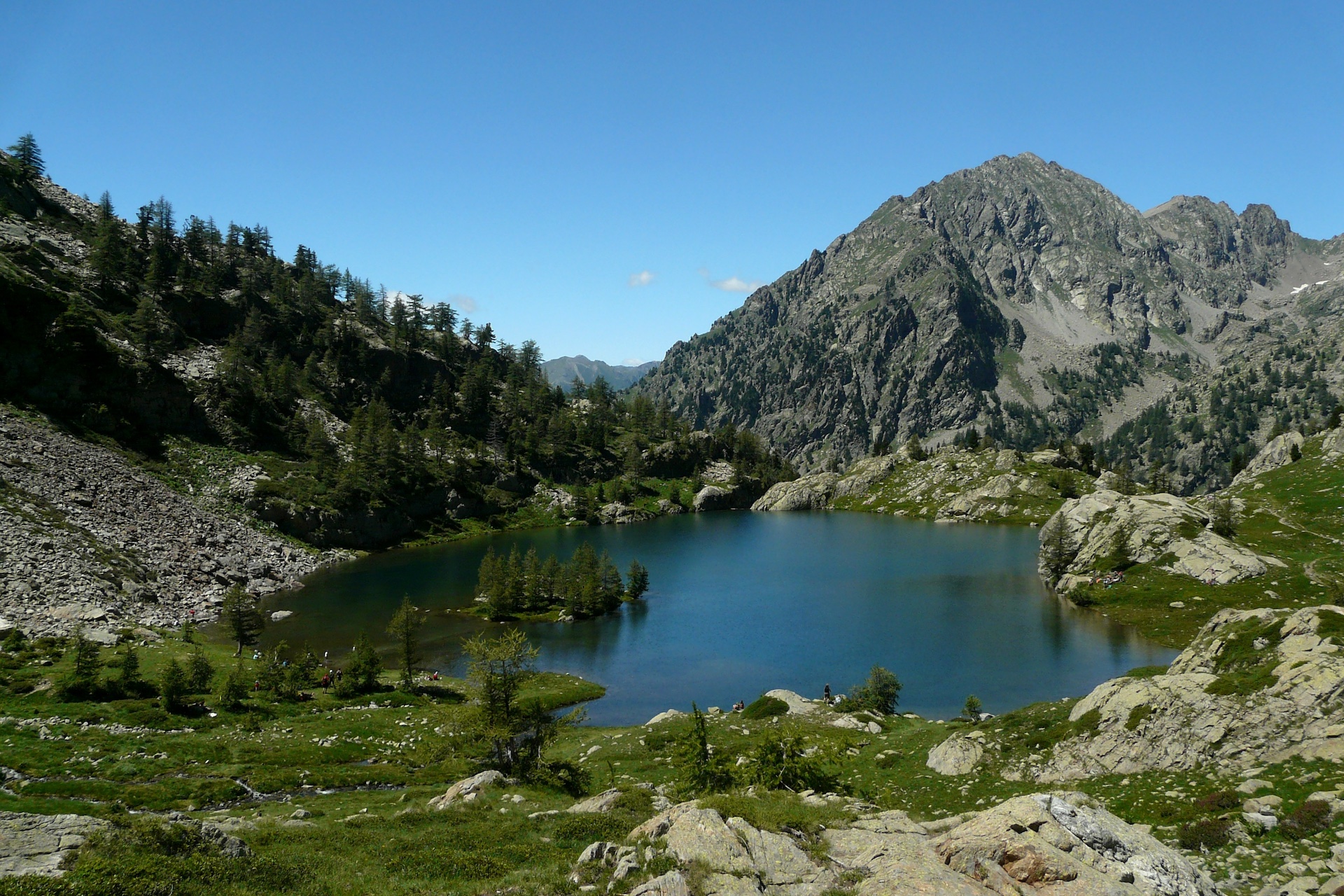For every stage of the 2024 Tour de France – men’s and women’s – José Been is bringing you stories about the history, castles, geology, culture, food, and people around the race. A bit of couleur locale while you enjoy lush fields of sunflowers, beautiful mountains, and pretty little villages, oh, and some bike racing too.
One more big mountain stage to go in the amazing Mercantour National Park. First, we start in Nice. Nice is old. Very old. There are traces of human or hominid (so even pre-Homo Sapiens) inhabitation dating back almost 400,000 years, although there is controversy surrounding this fact. Other scientists claim these traces are only 230,000 years old. But let’s just say they’re still pretty old.
The Terra Amata, or beloved land, is an archeological site where ancient Paleolithic tools were found and some of the earliest traces of domesticated fire for cooking and heating in Europe were discovered. The settlement included huts on the beach and was discovered in 1966.
Scientists have a theory that the settlement of Terra Amata is one of the oldest man-made habitations in Europe. The museum of Human Paleontology can be found on the exact place, in the city center of Nice close to the Promenade des Anglais.
Like many settlements on the Mediterranean, the Greeks had a stronghold in Nice and gave it its name. Around 350 BC they founded, Nikaia, after Nike, the Greek goddess of victory. They had just beaten the Ligurians.
After the start of today stage in Nice we go to Parc National de Mercantour, created in 1979. It’s one of 11 national parks in France, three of which are overseas in Réunion, Guadeloupe and Guyana. It is home to the Mercantour Classic, a relatively new race on the French National Cycling Cup calendar. This year was the fourth edition and was won by Lenny Martinez. The other three winners are Guillaume Martin, Jakob Fuglsang, and Richard Carapaz. Just like stage 20 in the Tour de France this one-day race features the Col de Turini, Col de la Colmiane, and Col de la Couillole.
When racing through this national park you still see the damage of a storm four years ago. On October 2, 2020, a massive storm called Alex occurred over the Tinée, Roya and Vésubie valleys. The rare intensity of this event led to the death of 10 people and left eight missing. It transformed the landscape of the valley floor, destroying houses and infrastructure.
According to Météo France, this event reached rainfall levels of 500 to 600 mm in 24 hours above the Roya and Vésubie river valleys respectively. That’s almost the annual rainfall in those valleys. Rainfall of this magnitude is estimated to happen once every thousand years.
The damage was enormous and still visible. An estimated 1.5 km³ of sediment was transported downstream on the Vésubie River. To compare, that is about 400 Olympic swimming pools filled with sediment! All this sediment, coupled with the water’s power, contributed to the destructive power of the Vésubie River during the storm. It washed away many of the alluvial terraces on the valley floor, some of which contained homes and other structures.
Roads and bridges were also severely damaged. Luckily for our riders those roads and bridges have been repaired but the inhabitants of these valleys still think of those October days quite often and see the damage every day. When living in the mountains the beauty but also the power of nature is omnipresent.
Did we do a good job with this story?

